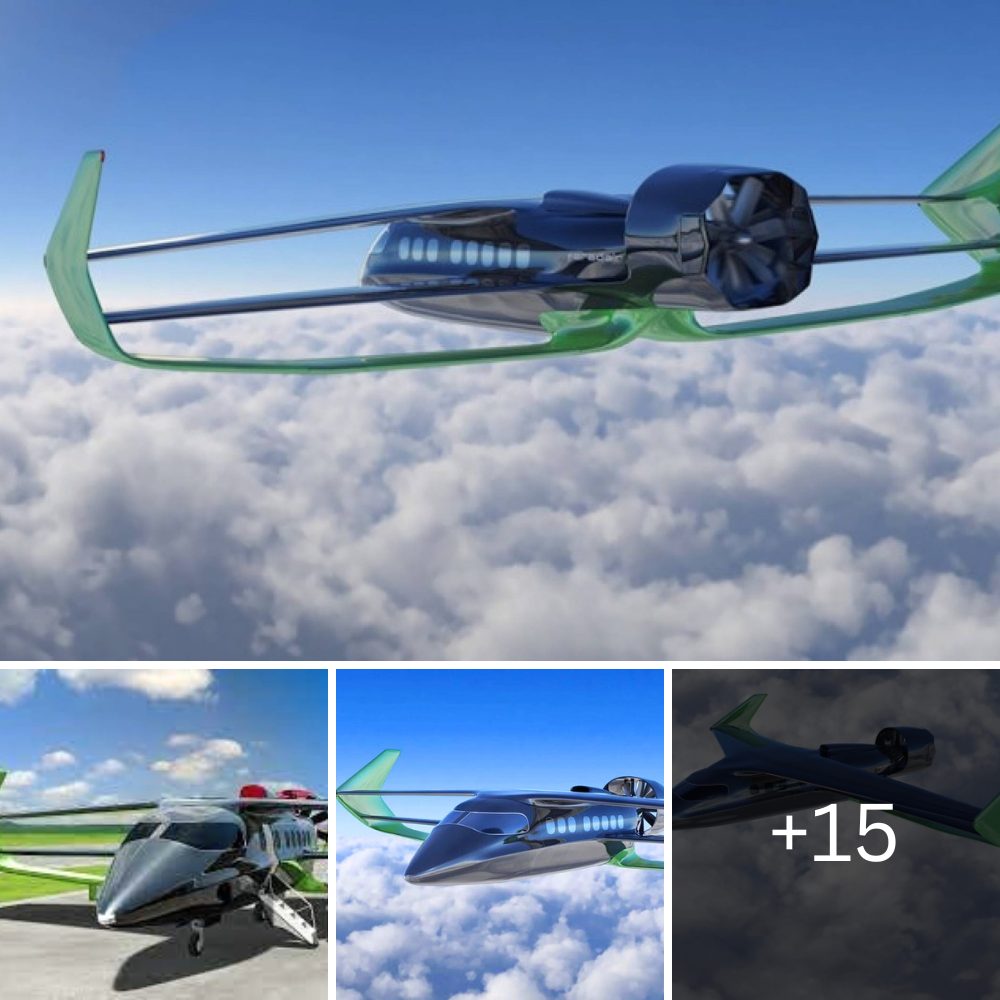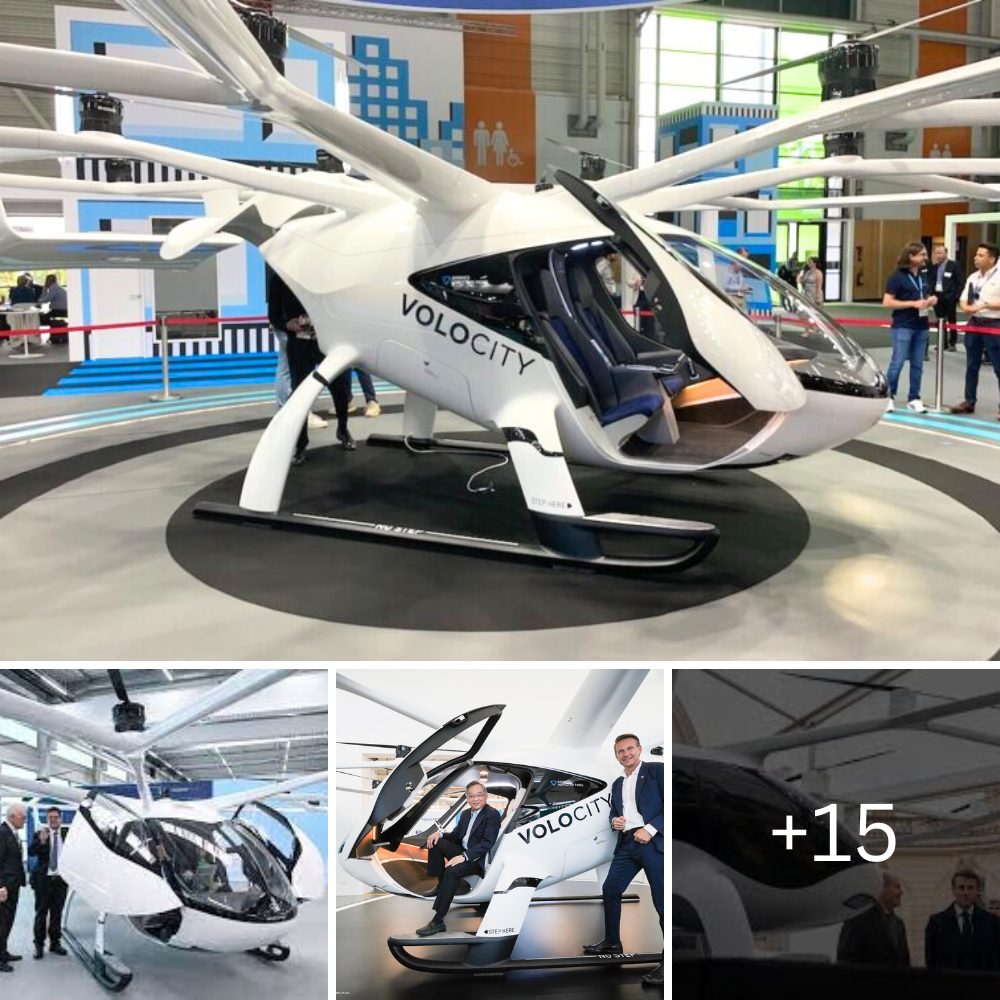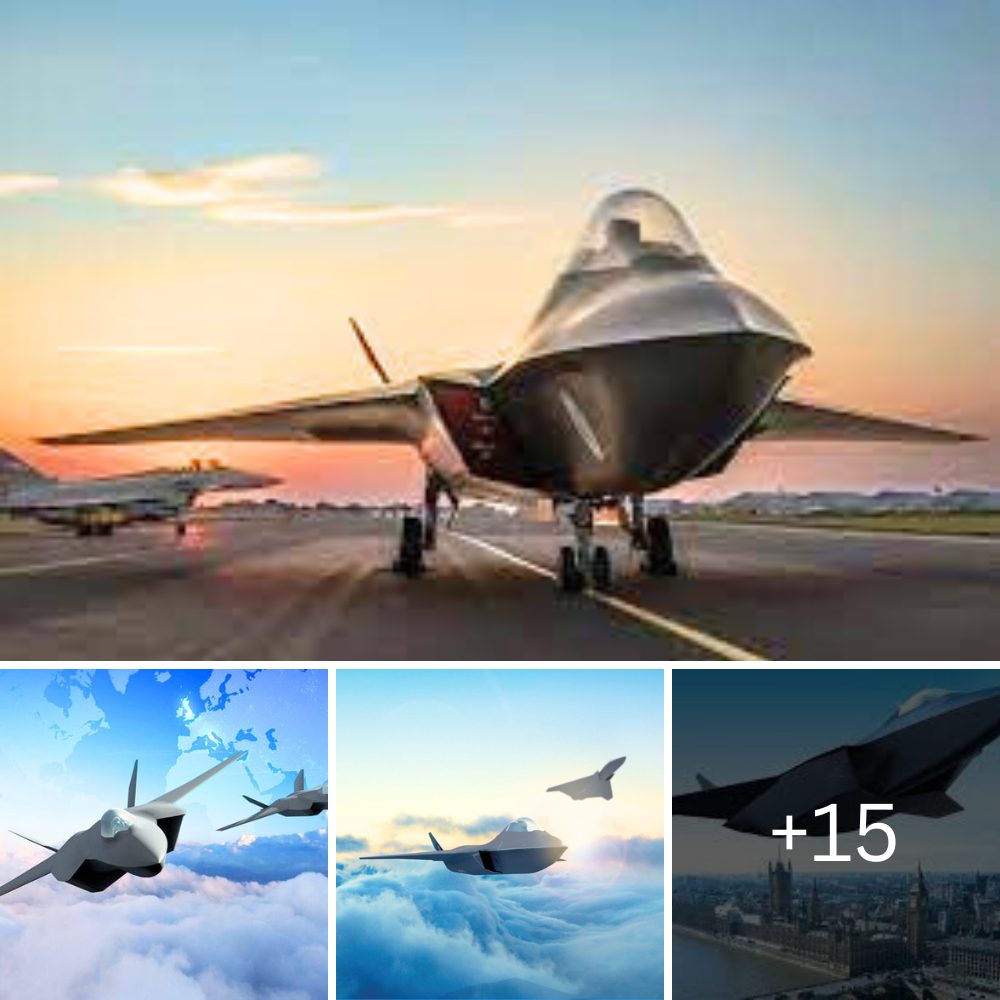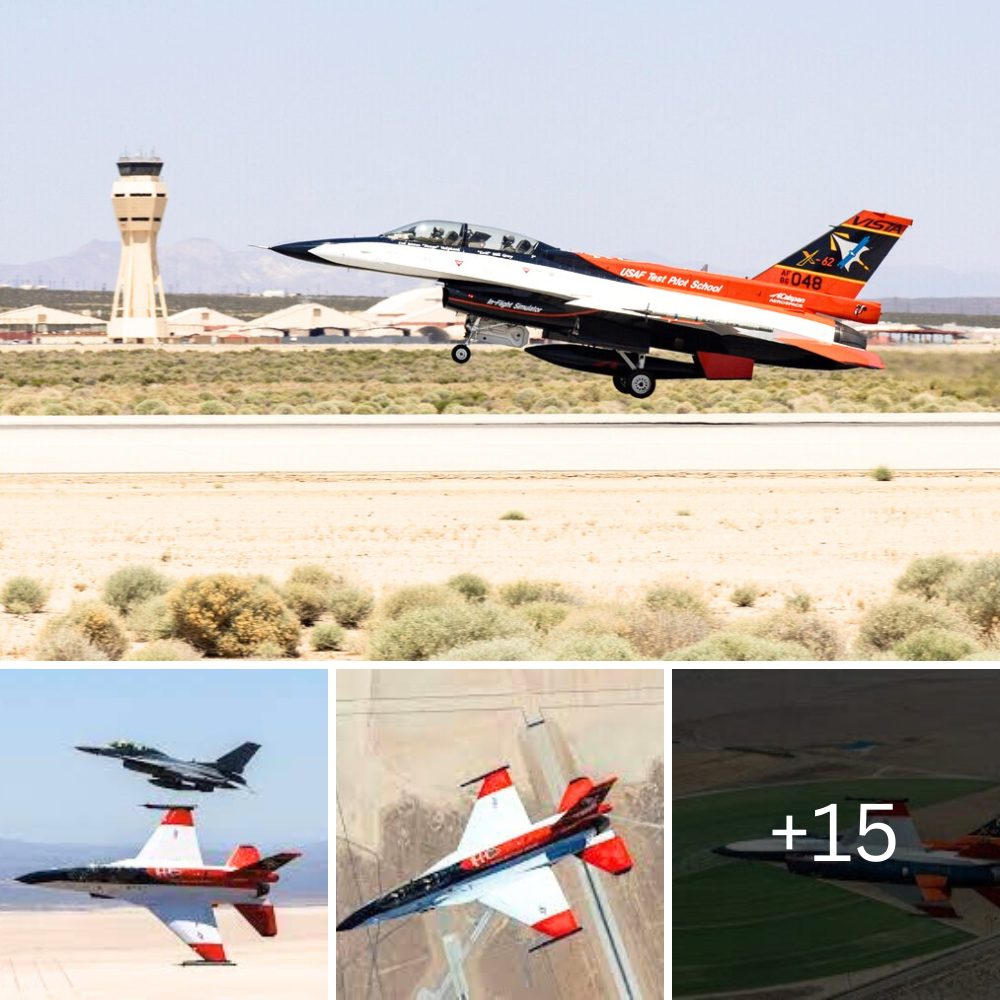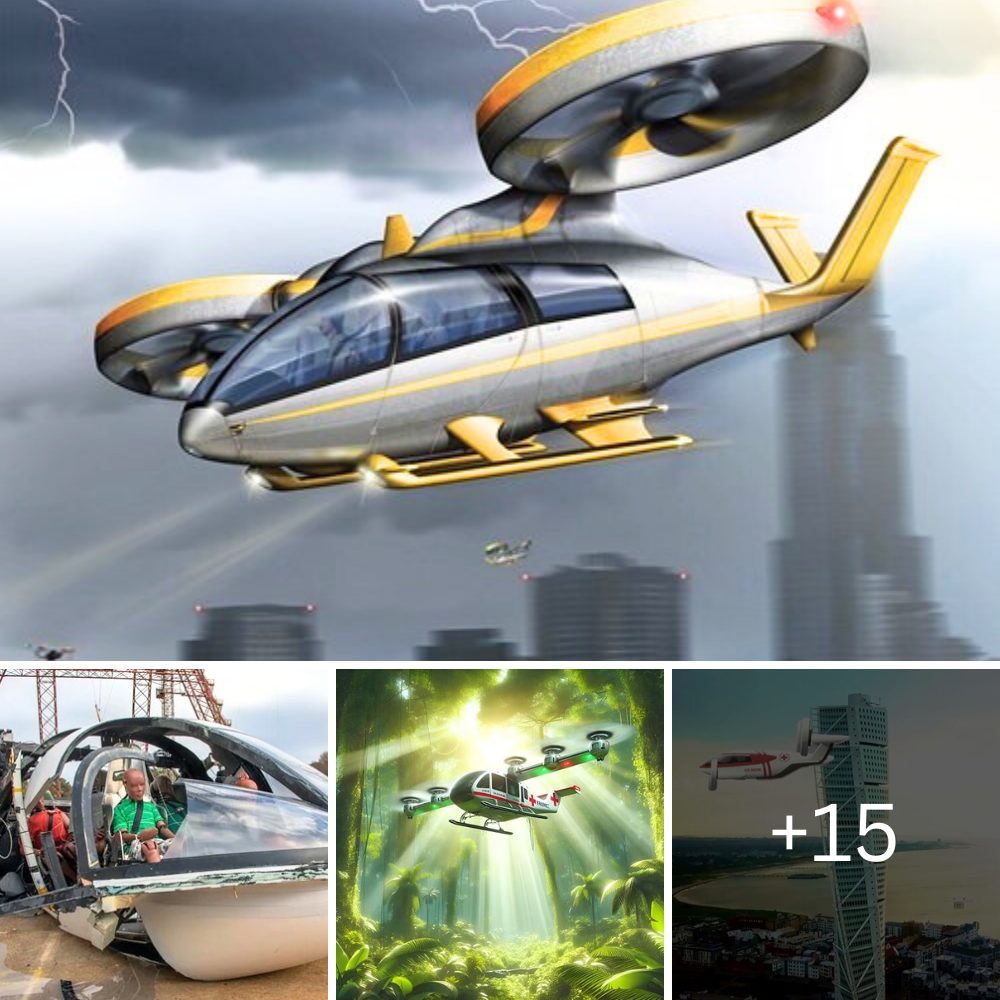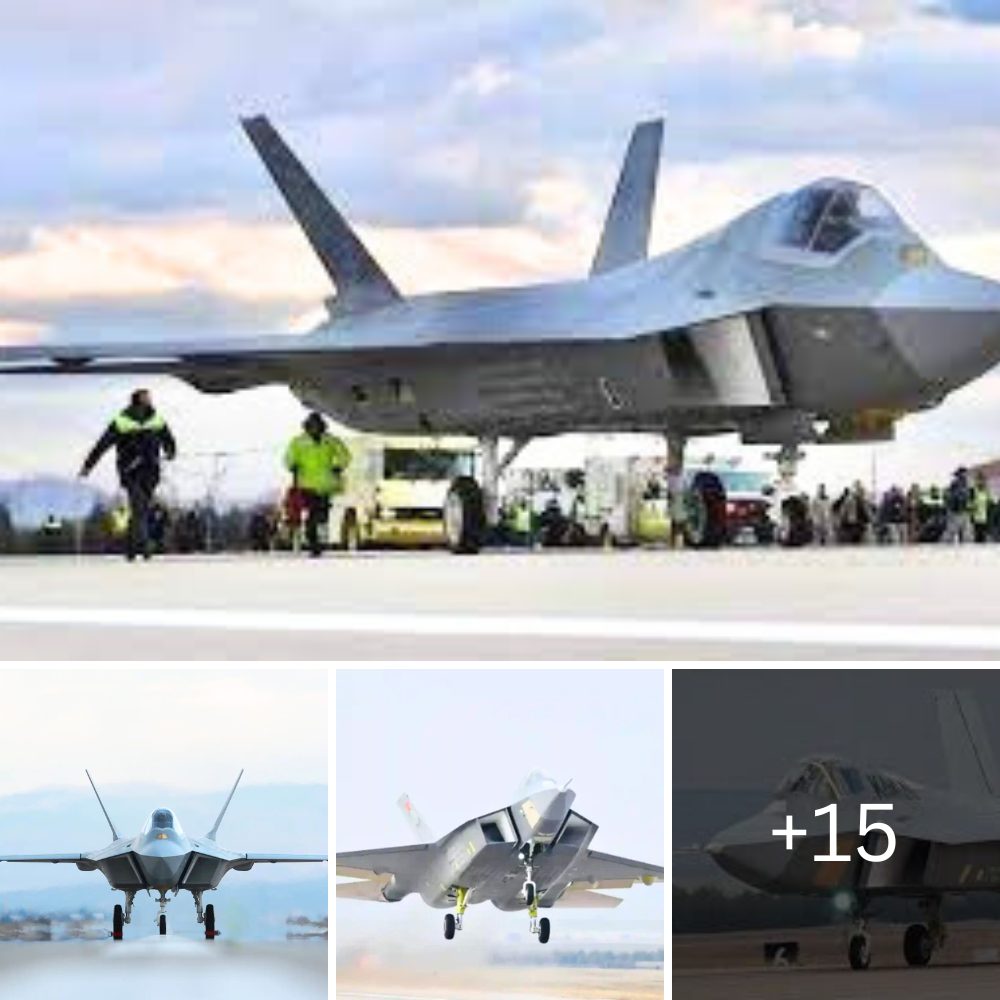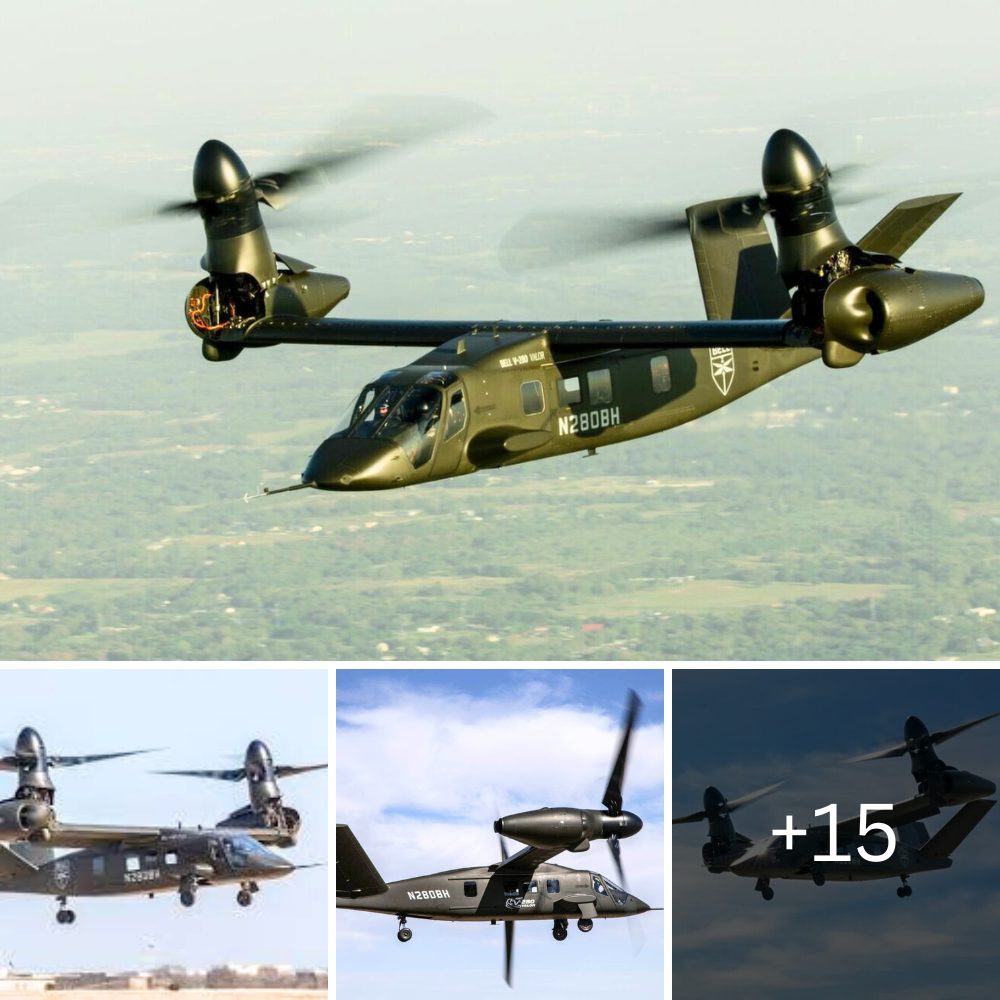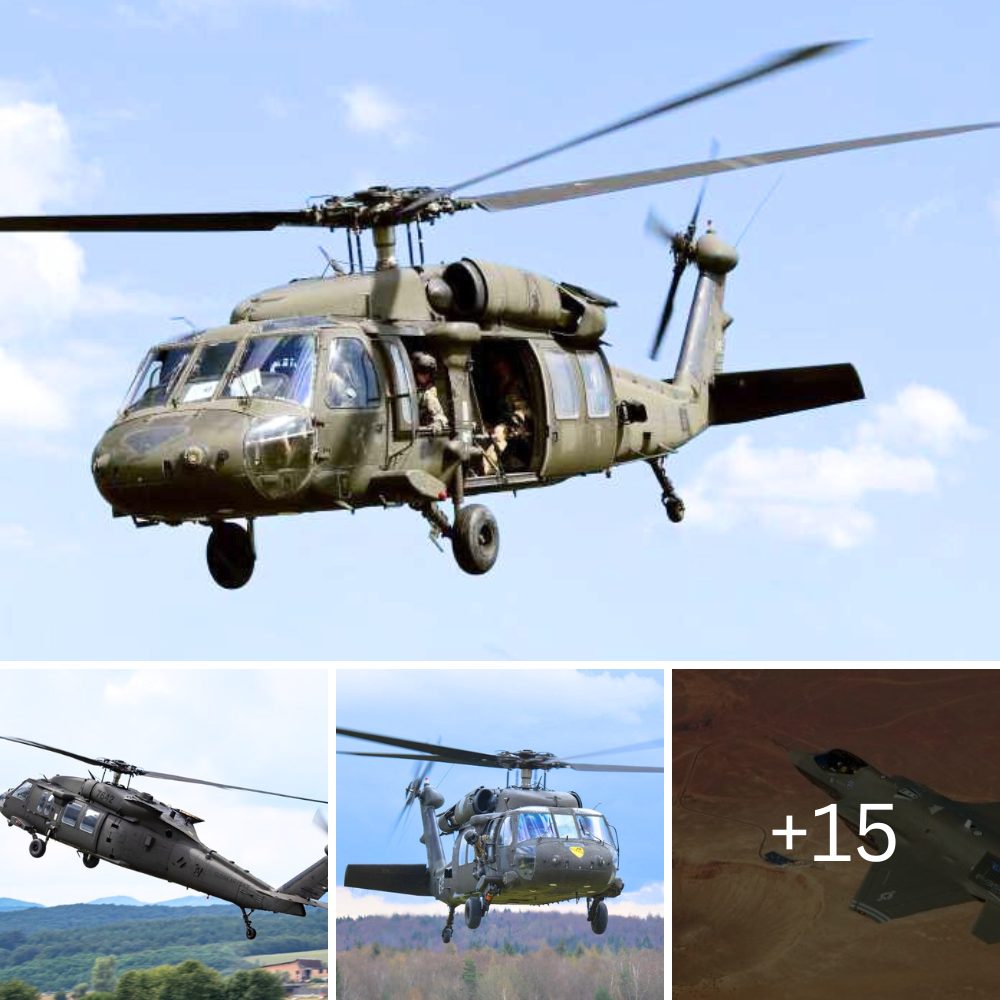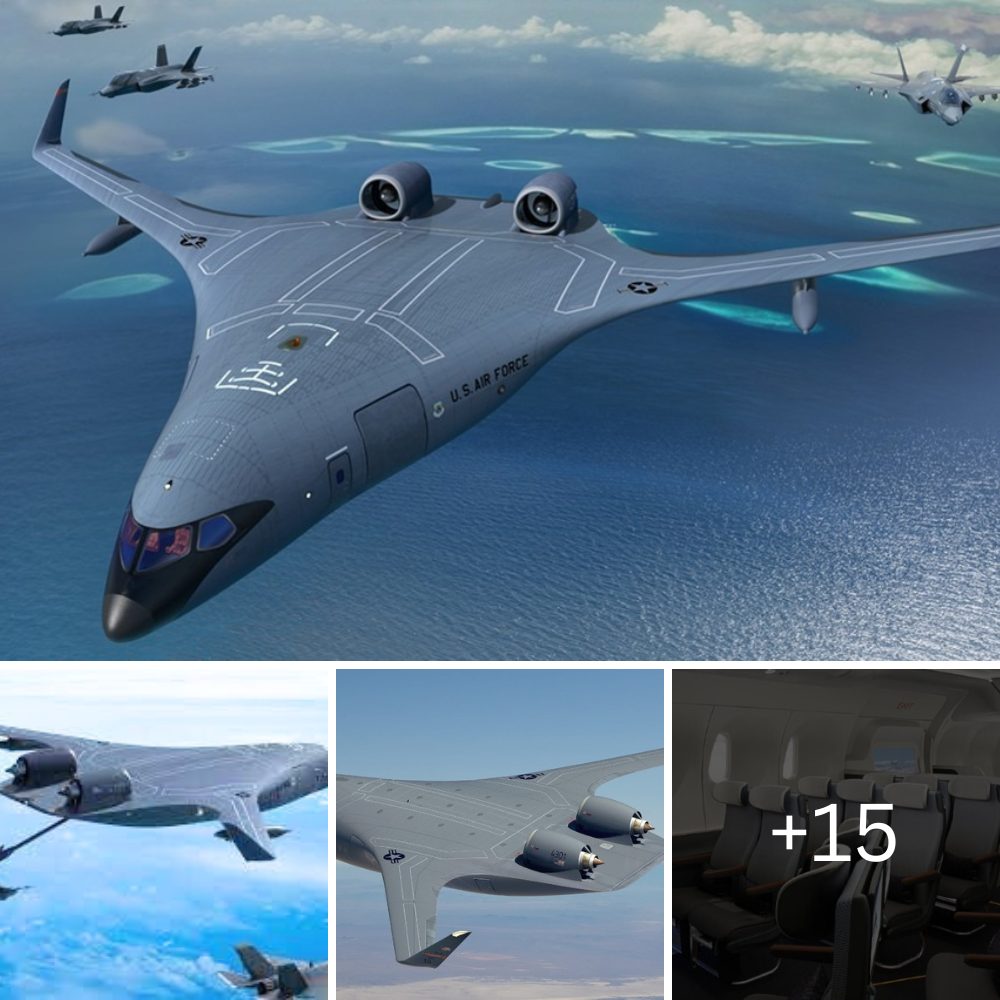McDonnell Douglas commercial jet to be transformed into experimental model X-66A in NASA project to reduce fuel consumption by 30%
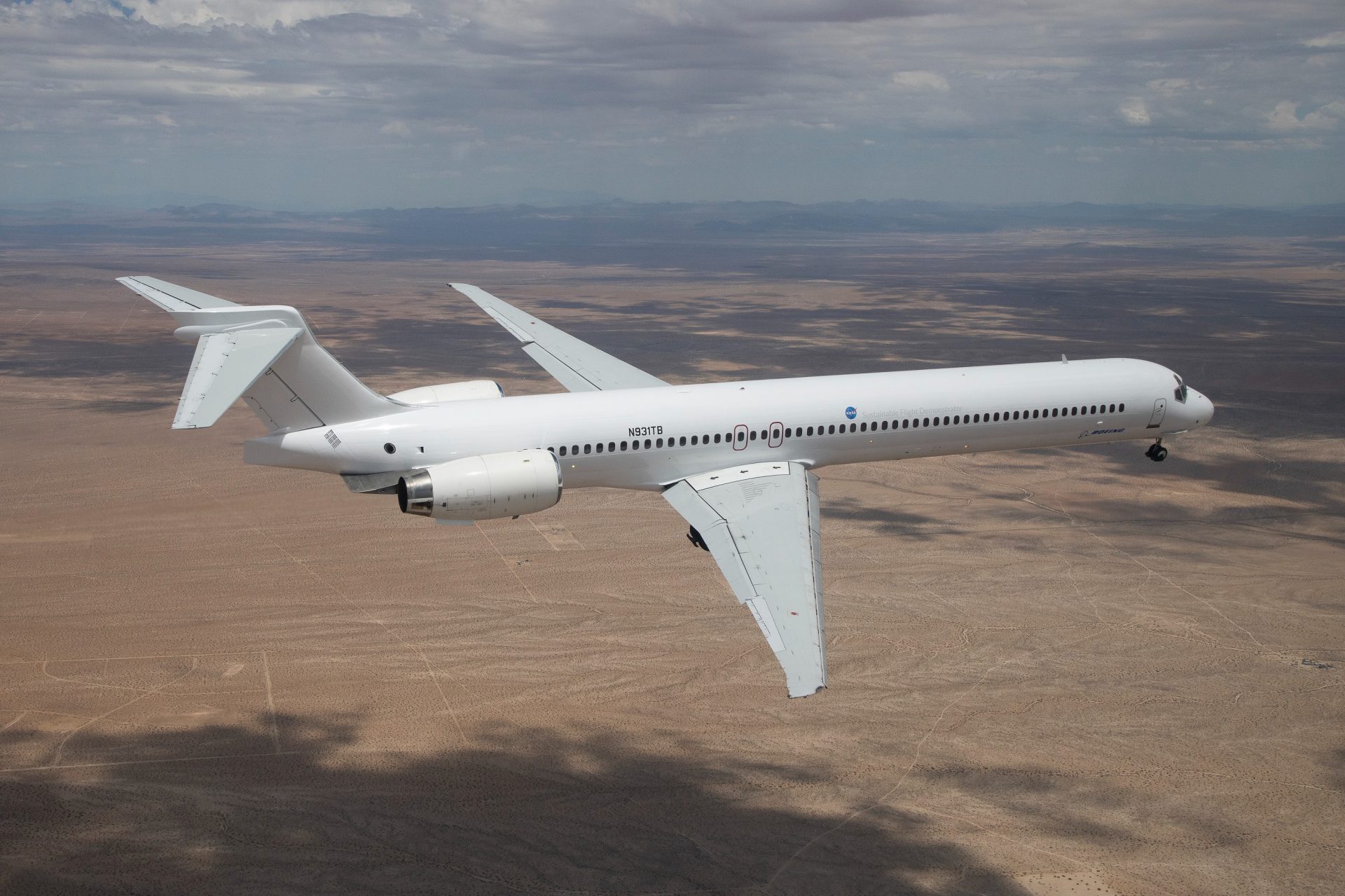
Boeing confirmed this Thursday, August 17, the receipt of the MD-90 jet, which will be converted into the X-66A test aircraft, intended to evaluate the Transonic Truss-Braced Wing concept. TTBW). The adaptation of the aircraft is part of NASA’s Sustainable Flight Demonstrator project .
The former McDonnell Douglas commercial jet (brand incorporated by Boeing in the 1990s), coming from Victorville, flew to the Boeing unit in Palmdale, California, where it will undergo modifications to incorporate the TTBW concept.
The X-66A is another one of NASA’s “X-Planes”, being the pioneer in helping the United States aerospace industry to reach the goal of net zero greenhouse gas emissions. According to the manufacturer, the transformation of the aircraft should begin soon, and ground and flight tests are scheduled to start in 2028.
“This is an important milestone in the Sustainable Flight Demonstrator project, reinforcing Boeing’s commitment to sustainability and advancing the TTBW wing design evaluation and validation process,” said Todd Citron, Boeing chief technology officer.
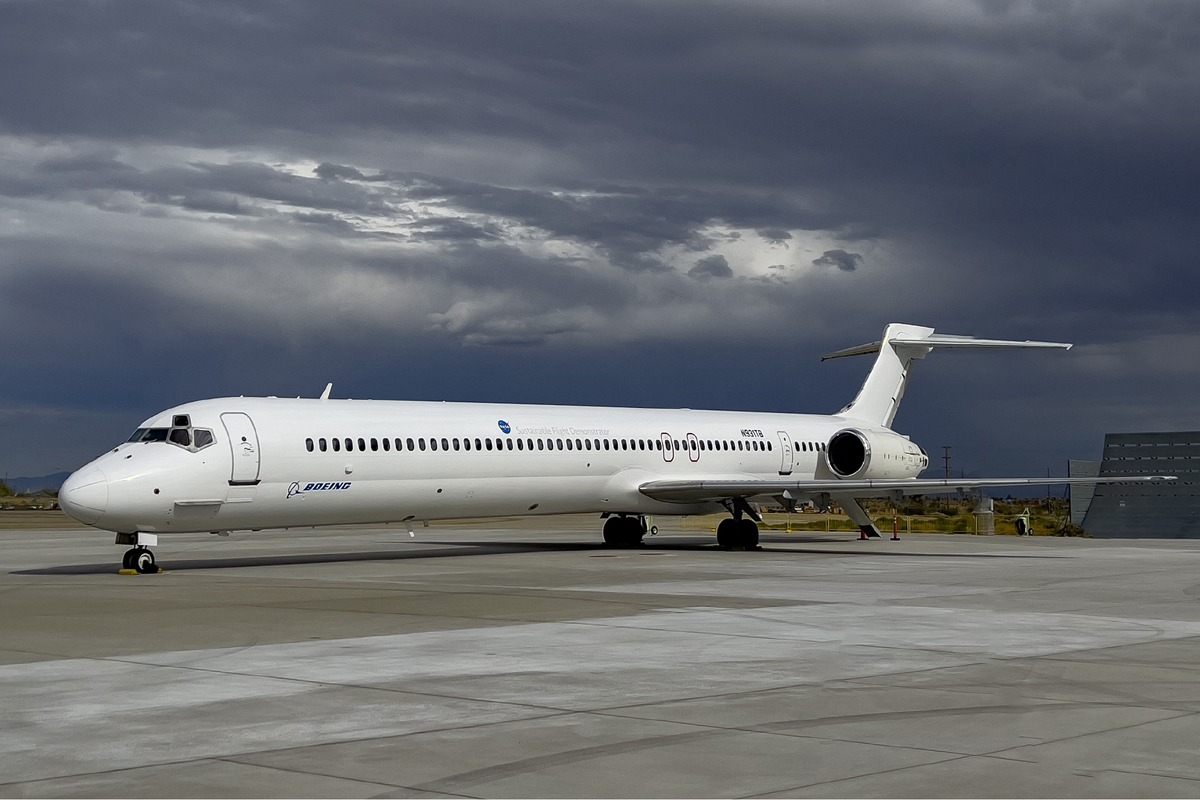
The MD-90 with registration N931TB submitted for modification was originally delivered to China Northern Airlines in 1999. The aircraft still flew in service with China Southern Airlines and Delta Air Lines until it was acquired by Boeing in 2021.
ultra thin wings
The TTBW concept consists of ultra-thin, larger-span wings supported by struts. According to Boeing, this technology, combined with other expected technological advances, can reduce fuel consumption and aircraft emissions by up to 30%.
Although it seems new, Boeing and NASA have been studying this concept for more than a decade through the Subsonic Ultra Green Aircraft Research Program (SUGAR).
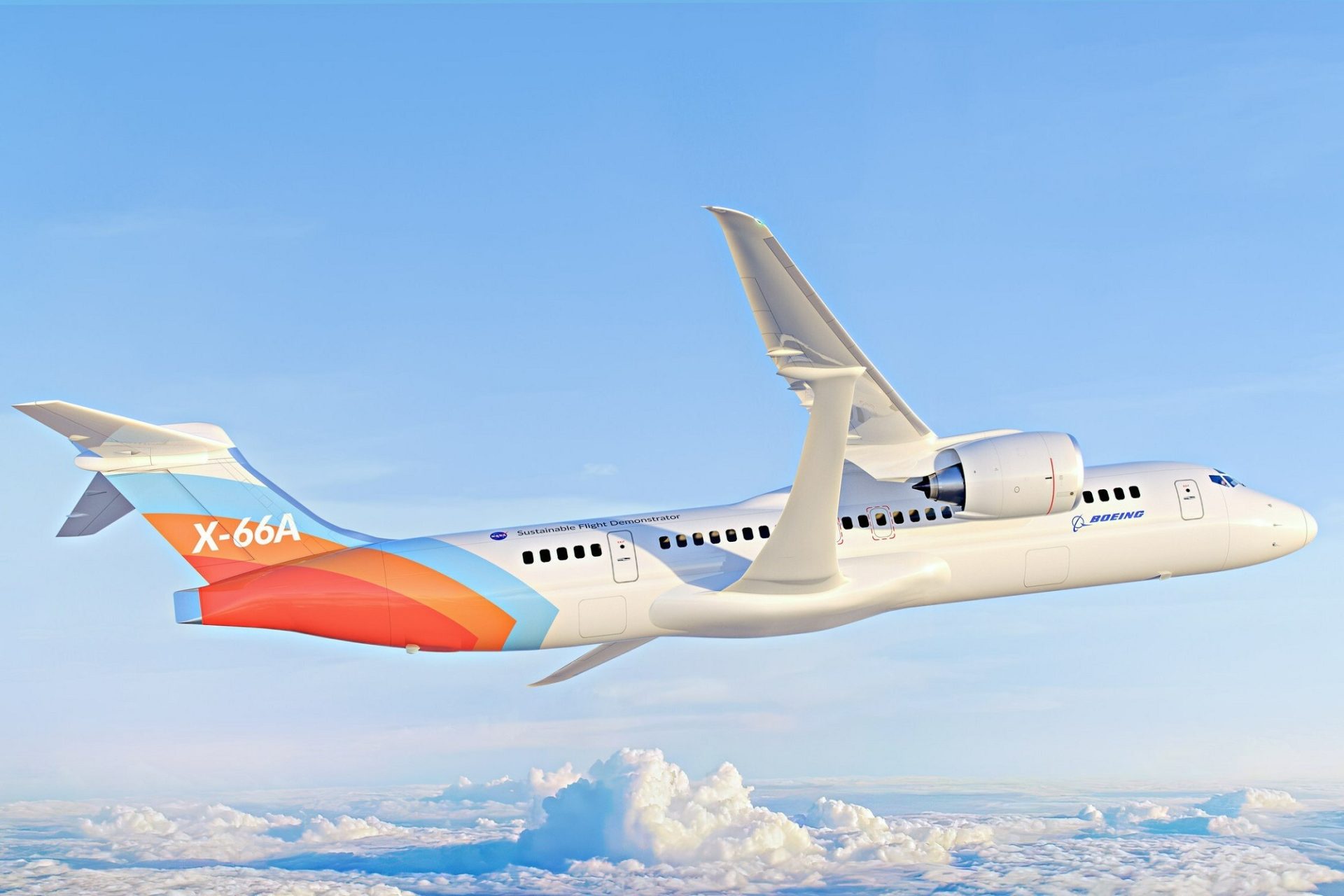
“We at NASA are excited to begin work with Boeing on the X-66A aircraft in the Sustainable Flight Demonstrator project, which makes important contributions to aviation achieving its goal of zero net greenhouse gas emissions by 2050,” said Ed Waggoner, deputy associate administrator for programs developed by the NASA Aeronautics Research Mission Directorate.


